Life at the Fenceline: Understanding Cumulative Health Hazards in Environmental Justice Communities
“Across the United States, almost 12,500 high-risk chemical facilities put 39% of the US population (124 million people) who live within three miles of these facilities at constant risk of chemical disaster. The full vulnerability zones for these industrial and commercial sites can extend up to twenty-five miles in radius.
Many communities of color and low-income communities face disproportionate risk from these facilities, which are loosely regulated under the U.S. Environmental Protection Agency’s Risk Management Plan (RMP) program. The health and safety of these communities is also at risk from many other threats, including potential chemical releases or explosions, but also daily exposure to toxic air pollution (from these facilities and other sources) and lack of access to healthy foods. Many of these communities also rely on dollar stores for household necessities and even food, making these retailers potential sources of either additional toxic exposures or safer products and healthier foods.
Life at the Fenceline: Understanding Cumulative Health Hazards in Environmental Justice Communities sought to identify and understand several interconnected health and environmental impacts in Environmental Justice communities and identify solutions. We looked at key data nationally and additional data for nine EJ communities: Los Angeles, as well as Kern, Fresno, and Madera counties, CA; Houston and Dallas, TX; Louisville, KY; Albuquerque, NM; and Charleston, WV. We studied:”
Citation: White, R., Environmental Justice Health Alliance for Chemical Policy Reform, Coming Clean Inc, & Campaign for Healthier Solutions. (2018, September). Life at the Fenceline: Understanding Cumulative Health Hazards in Environmental Justice Communities. https://ej4all.org/life-at-the-fenceline
After reading, try to find local community and nonprofit groups working in this area and see how you can get involved. Share this with them. Also, use this to ask questions of decision makers and other local experts. Ask how you can possibly help.

